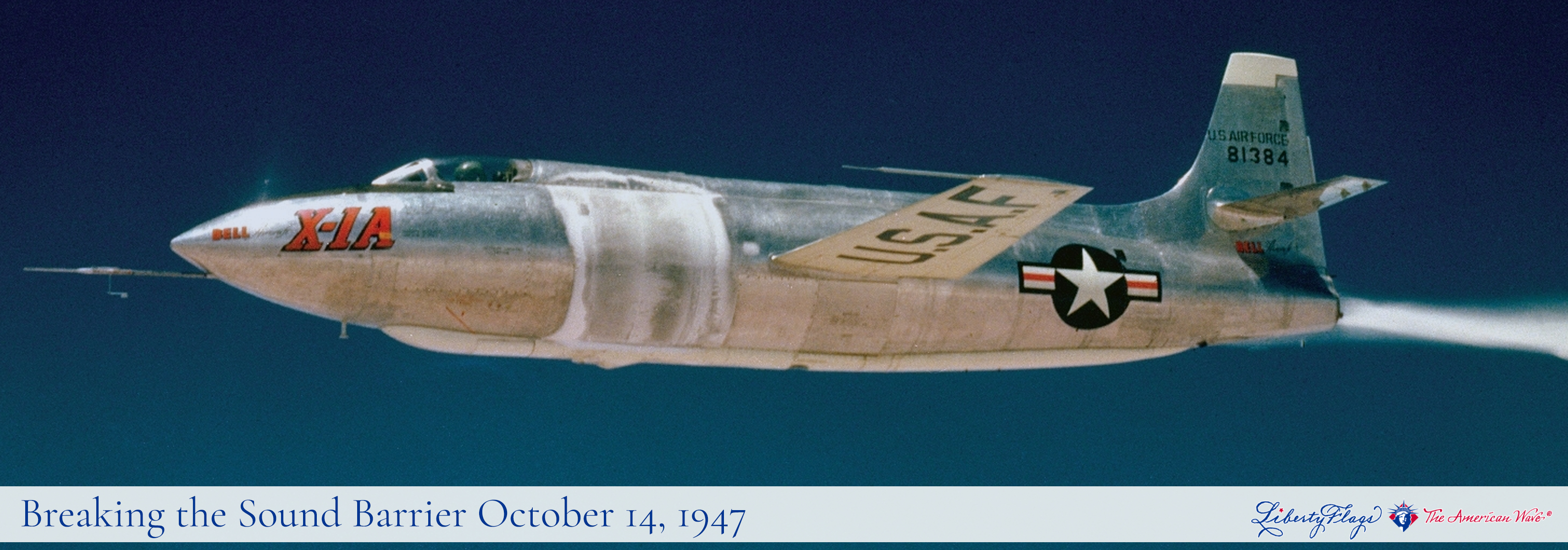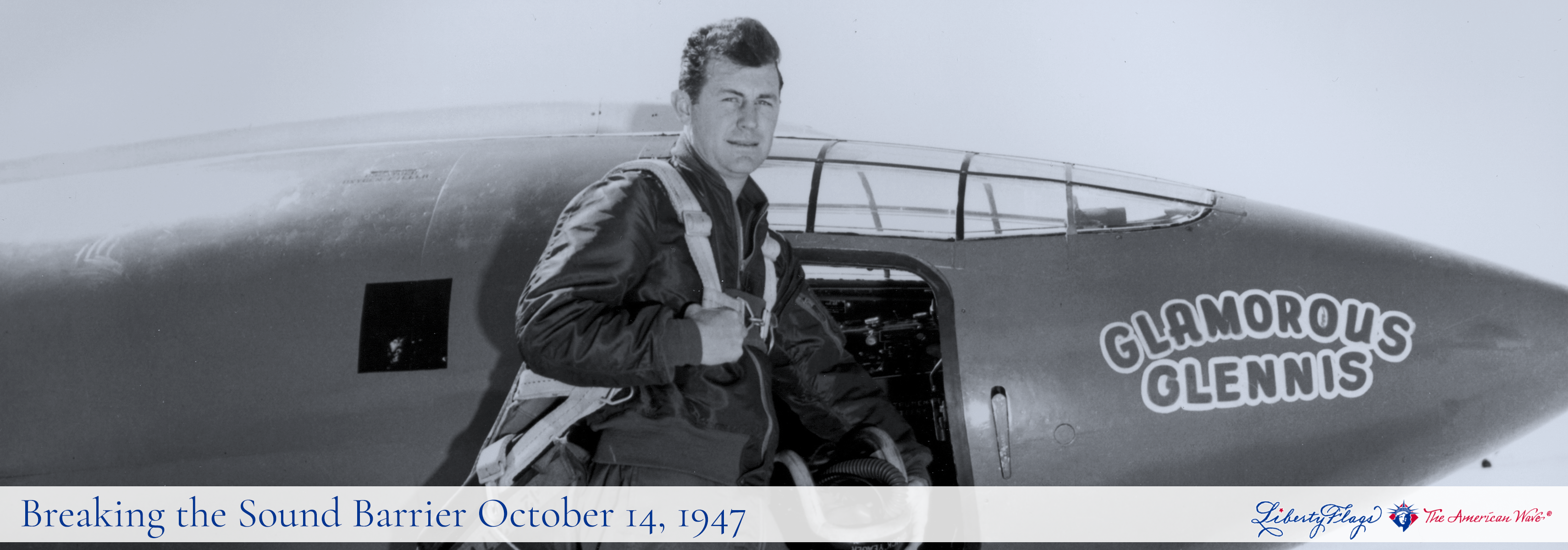
On October 14, 1947, history was made when Charles "Chuck" Yeager, a fearless and determined test pilot, shattered the myth of the impossible by breaking the sound barrier. This daring feat marked an important milestone in aviation history and paved the way for supersonic flight, shaping the future of aerospace technology and exploration.
The Challenge
The sound barrier, also known as the "sonic barrier," refers to the sudden increase in aerodynamic drag experienced by an object as it approaches and surpasses the speed of sound inside the Earth's atmosphere. The speed of sound varies with altitude and air temperature, but at sea level and standard atmospheric conditions, it is approximately 767 miles per hour.
When an object is traveling slower than the speed of sound, it generates pressure waves that move away from it at the speed of sound. These pressure waves travel ahead of the object and interact with the surrounding air, creating a smooth, continuous airflow over its surfaces.
As an object's speed approaches and surpasses the speed of sound, the pressure waves begin to pile up in front of it. At the speed of sound, these pressure waves merge into a single shock wave. This is often referred to as breaking the sound barrier. The shock wave generates a sudden and dramatic increase in air resistance and drag, which can produce a loud sonic boom that may be heard on the ground as a sharp clap or explosion-like noise (it is a common misconception that the boom is a single noise event, but it can be heard continuously along the path of the flight).
In the years following World War II, supersonic flight in an aircraft was considered an unattainable dream. Pilots, engineers, and scientists were skeptical that the sound barrier could be surpassed.
Chuck Yeager, a decorated World War II pilot, set out to prove their skepticism wrong.

The Right Person for the Job
Chuck Yeager was a natural choice for the task. As a decorated fighter pilot with the U.S. Army Air Forces, he was known for his incredible piloting skills and his ability to stay calm under pressure. The obstacles he faced during his combat experience in World War II had prepared him for the challenge of breaking the sound barrier. With his maverick spirit and determination, Yeager was ready to push the boundaries of what was considered possible.

The Bell X-1 and the Sound Barrier Broken
The Bell X-1 was the then-experimental, rocket-powered aircraft designed specifically for the task of challenging the sound barrier. Engineered and built by the (newly created) United States Air Force, the X-1 was unlike any aircraft of its time; due to its sleek and slender design, it was capable of reaching speeds of up to Mach 1.06 (around 810 miles per hour).
On October 14, 1947, Yeager climbed into the cockpit of the Bell X-1 known as the "Glamorous Glennis." "Glamorous Glennis" was attached to the belly of a B-29 Superfortress and carried to an altitude of 25,000 feet above Rogers Dry Lake in California. The X-1 was released from the B-29, and Yeager pushed it past the speed of sound.
Lasting Impact
Successful supersonic flight opened the door to a new era of aviation. It paved the way for the development of faster, more advanced aircraft. Today, nearly all active fighter aircraft have supersonic capabilities. This achievement directly contributed to the advancement of military aviation, space exploration, and the development of some commercial supersonic passenger aircraft.

Fly With Us!
Send us your pictures of aviation experiences, American flags, flagpoles, ropes, or other accessories! We would be honored to feature your photography in our blog or on Facebook. Remember, photos of damaged flags and accessories are valuable, too.
Was this information useful to you?
Do you have suggestions for information you'd like to see here? If so, please send them our way!
Please send all of your suggestions or questions to [email protected]. We want to hear from you!
Have a great day, from your friends at LIBERTY FLAGS, The American Wave®.

